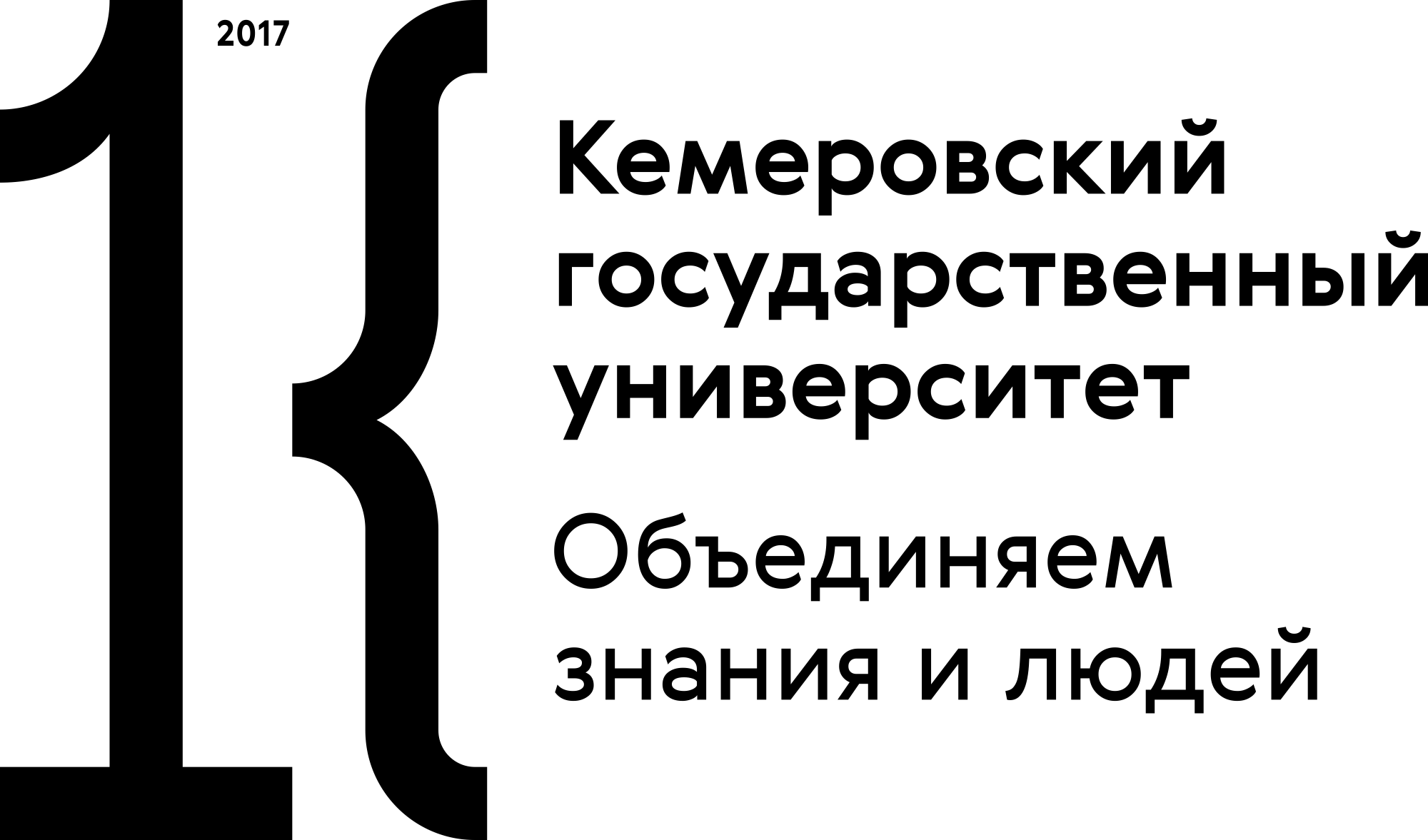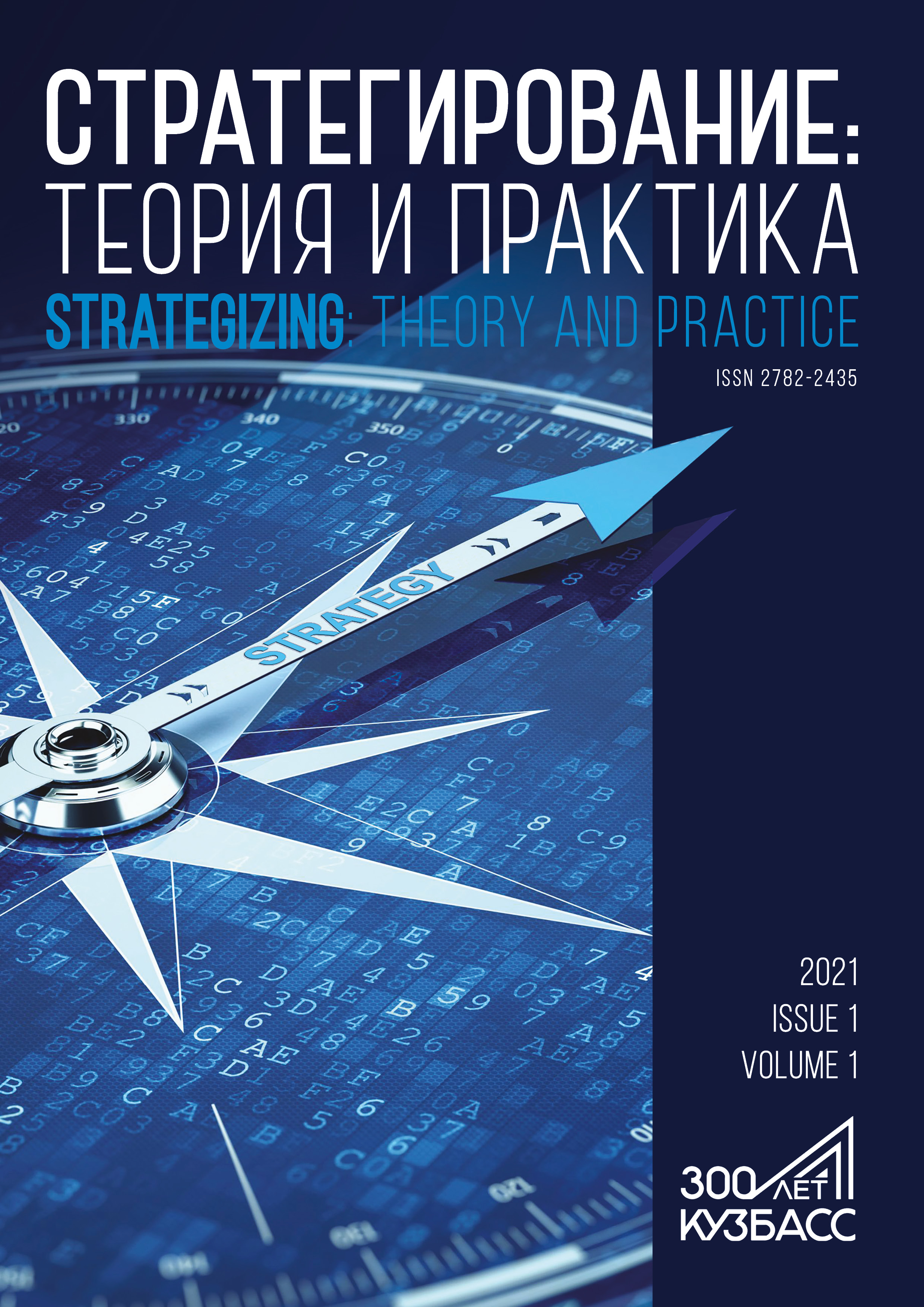Moscow, Moscow, Russian Federation
Moscow, Russian Federation
Introduction. As a rule, strategic plans use the potential plant capacity to adapt the enterprise to adverse conditions, and these plans require constant adjustment. Strategic plans that rely on insufficient information about pant capacity may result in significant financial losses for the company. The research objective was to develop a principle for diagnosing sustainable growth based on potential capacity. Study objects and methods. The research featured three metallurgical enterprises, since metallurgy is of strategic importance for the domestic industrial development. The study involved such standard methods as system and situational analysis, expert assessments, correlation analysis, regression analysis, topological analysis, and statistical simulation. Results and discussion. The authors proposed an algorithm for calculating three types of potential capacity indicators: relative added value and revenue (y1), situational potential (y2) and performance (y3). The new methods made it possible to forecast the indicators of sustainable development and compare the mode of operation with standard value, i.e. the length of the estimated vector, which exceeded or equaled a certain fraction of its maximum possible value. If the vector length was less than this value, the stability started to decrease. The performance indicator demonstrated if the enterprise reached the maximal value of the indicator when it exceeded the boundary of the sustainability standard. Conclusion. The new approach provided a prompt assessment and forecast of the potential plan capacity. It could improve the forecast of potential instability, increase the flexibility of strategic plans, and prevent strategic shock.
diagnostics of prospective opportunities, sustainable development of enterprises, increasing information content, potential, strategic surprise
1. Ansoff I. Strategicheskiy menedzhment: klassicheskoe izdanie [Strategic Management: Classic Edition]. Moscow: Bizneskom; 2010. 342 p. (In Russ.)
2. Kvint VL. Strategic planning in Russia and the world:importance of human interactions. Economics and Management. 2014;(11):15-17. (In Russ.)
3. Kvint VL. Development of strategy: Scanning and forecasting of external and internal environments. Administrative Consulting. 2015;(7):6-11. (In Russ.)
4. Rayan B. Strategicheskiy uchet dlya rukovoditelya [Strategic accounting for the manager]. Moscow: Audit: YUNITI; 1998. 615 p. (In Russ.)
5. Kalinsky OI, Kruzhkova GV, Aleksakhin AV, Molchanov GA. Selection of the optimal strategy for the supply of raw materials based on game theory. Smart Innovation, Systems and Technologies. 2019;139:577-583. https://doi.org/10.1007/978-3-030-18553-4_70.
6. Rozhkov IM, Larionova IA, Skryabin OO, Trofimova NA, Zaytsev IM. Optimizatsiya otnositelʹnykh obʺemov i struktury resursov [Optimization of the relative volumes and resource structure]. Stal. 2016;(11):65-68. (In Russ.)
7. Shmeleva N. Innovation ecosystems in metallurgical industry: evolution, measurements and trends. International Multidisciplinary Scientific GeoConference Surveying Geology and Mining Ecology Management, SGEM. 2019;19(5.3):435-444. https://doi.org/10.5593/sgem2019/5.3/S21.055.
8. Roshkov IM, Konanychin AM, Larionova IA, Eliseeva EN. The application of the topologic model in choosing the economic diagnosis data. Izvestiya. Ferrous Metallurgy. 2006;(1):65-66. (In Russ.)
9. Isaeva NA. Application of the methodology of forecasting the main indicator of the activity of an enterprise in the diagnosis of its promising opportunities. International Research Journal. 2021;108(6):32-38. (In Russ.) https://doi.org/10.23670/IRJ.2021.108.6.142.





